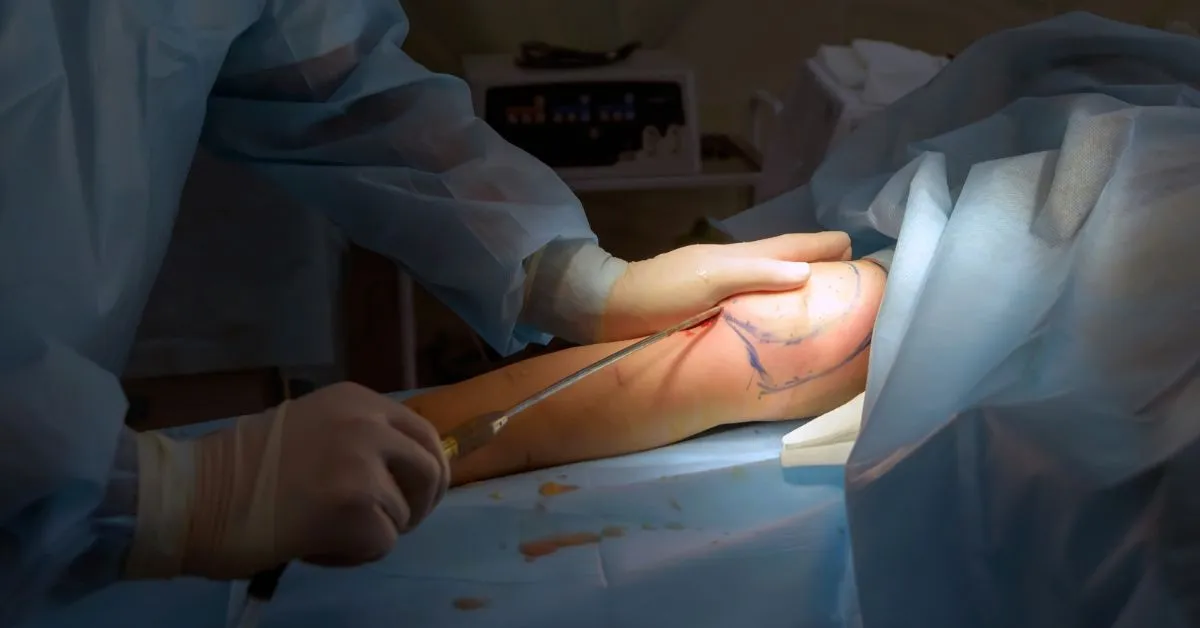Given the barrage of unrealistically high aesthetic standards in modern culture, it’s only natural for many of us to consider getting a nip and tuck to help us age gracefully. While the idea of plastic surgery might be scary, especially when it involves your face, seeing a great before-and-after photo of a surgical procedure that went well can be inspiring.
The purpose of facelift surgery is to help patients look like a younger version of themselves with long-lasting effects rather than to change their appearance. However, not all facelift surgeons utilize the same techniques to get those natural-looking results.
One of the surgical techniques that have been gaining recent attention is the deep plane facelift. Unfortunately, this procedure is performed by only a few plastic surgeons because it necessitates a thorough understanding of the delicate architecture of the facial muscles, nerves, and arteries. This technique could give you a natural-looking result that would last about 10 or more years if done properly.
What Is A Deep Plane Facelift Technique?
The deep plane facelift is an advanced, longer-lasting surgical technique that sculpts and contours the neck while also addressing the mid-facial drooping that develops with age.
The surgeon repositions soft facial tissues by raising the entire face rather than just the superficial layers of skin during a deep plane facelift, emphasizing the jaw, neck, and cheekbones. It results in a natural rejuvenation while also restoring volume to the cheek area. It permits the midface, cheeks, jowls, and neck to be treated and lifted as a single unit, resulting in a harmonic and balanced appearance that looks rejuvenated and refreshed.
In comparison to a skin-only or normal facelift, a deep-plane facelift takes less time to heal. Since the deep-plane facelift is considered the gold standard for facelifts, it can be more expensive than a normal facelift or a traditional skin-only facelift.
Patients with a deep plane facelift are less likely to require a revision or tuck-up procedure than those who get a SMAS or regular facelift.
Eyelid surgery, a forehead lift (brow lift), a neck lift, and non-surgical cosmetic procedures like lip enhancement can all be coupled with a deep plane facelift.
Deep Plane Facelift vs. Regular Facelift
While skin-only facelifts focus on the outer layers of the skin, creating the “done look” that most people identify with facelifts, the conventional facelift today delves a little deeper into the SMAS layer. The SMAS layer is a fibrous connective tissue layer that lies beneath the fatty tissue. It divides the deeper facial structures from the surface layers of the face, such as the muscles that control facial motions, nerves, and other facial structures.
Although the SMAS facelift is better than skin-only facelifts, it only has a minimal effect on the deeper tissues. As a result, some skin pulling is required to produce a desirable final result, achieved through a SMAS facelift.
On the other hand, a deep-plane facelift repositions deep facial soft tissue beneath the SMAS layer, allowing the entire face to be raised. The final result enhances the jaw, neck, and cheekbones while providing long-lasting, natural improvement without the artificial, ‘done’ look that is quickly becoming unfashionable.
The ability to get longer-lasting benefits while avoiding the pulled effect is due to the deeper layers being more fibrous and inelastic than our skin’s elastic nature.
Deep-plane facelifts are performed on both men and women; however, they are more popular among women. Although this procedure is best for older people with a lot of sagging and loose skin, doctors also note that many clients in their early 40s desire it.
Why Choose Deep Plane Facelift?
A deep plane facelift is suitable for anyone who is a candidate for a regular facelift. Many surgeons concur that the deep plane facelift is the most efficient approach to reconstruct the midface and the nasolabial folds, which run from the nose to the mouth. The technique restores the cheekbone contour and removes any facial hollows by lifting and repositioning the fat pads in the cheeks.
You may well be an excellent candidate for a deep-plane facelift if you have any of the following:
- Considerable sagging or loose skin on your face
- Have tired-looking eyes, jowls, and a sagging neck
- Your facial features do not represent how you are feeling on the inside.
- You don’t want a dramatic alteration that includes pulled skin, stretched features, and a “done” appearance. You want modest modifications that assist you to “look how you feel” rather than “look how you seem.”
- You like a process that produces long-term results and requires few adjustments.
- Considering having secondary or revision facelift surgery
The deep plane facelift technique removes excess slack skin and tightens the underlying tissues to give your face and neck a younger, firmer, and natural appearance. The effects of this procedure can last for about 10 to 15 years.
Recovery, Potential Side Effects, Expectations, and Cost
After the deep plane facelift procedure, you may have three weeks of considerable bruising, swelling, and discomfort. For the first two weeks, you must use a compression garment, drain, and neck support. You must avoid work for two weeks and vigorous activities for at least six weeks. Some cosmetic surgery adverse effects, such as swelling and, less typically, bruising, might last up to a year.
Being aware of the recovery timeline and tips and following your surgeon’s instructions will help you speed up the healing process with minimal complications during the recovery process.
Though rare, the potential complications of a deep plane facelift surgery include numbness, tingling, tightness, bruising, swelling, weakness, facial nerve injury, hypertrophic scars, necrosis of the skin flap, hair loss, scarring, facial asymmetry, seroma, and prolonged edema.
You can expect the deep plane facelift results to last for about 10 or more years to the face and neck. Following simple recovery tips may help your procedure results last as long as possible. Facelift results will naturally evolve with aging, use, gravity, and sun exposure.
Every facelift is customized to each patient’s anatomy, and the time and effort required to achieve a flawless result varies. The cost of a deep plane facelift can range anywhere from $20,000 to $30,000. It will vary depending on the surgeon you choose, the facilities used, and the procedure required. Following a consultation, your surgeon will assist you in estimating potential costs.
However, before committing to anything, do your research and communicate clearly with your surgeon about the look you want, the results you want to see, and your problem areas.









